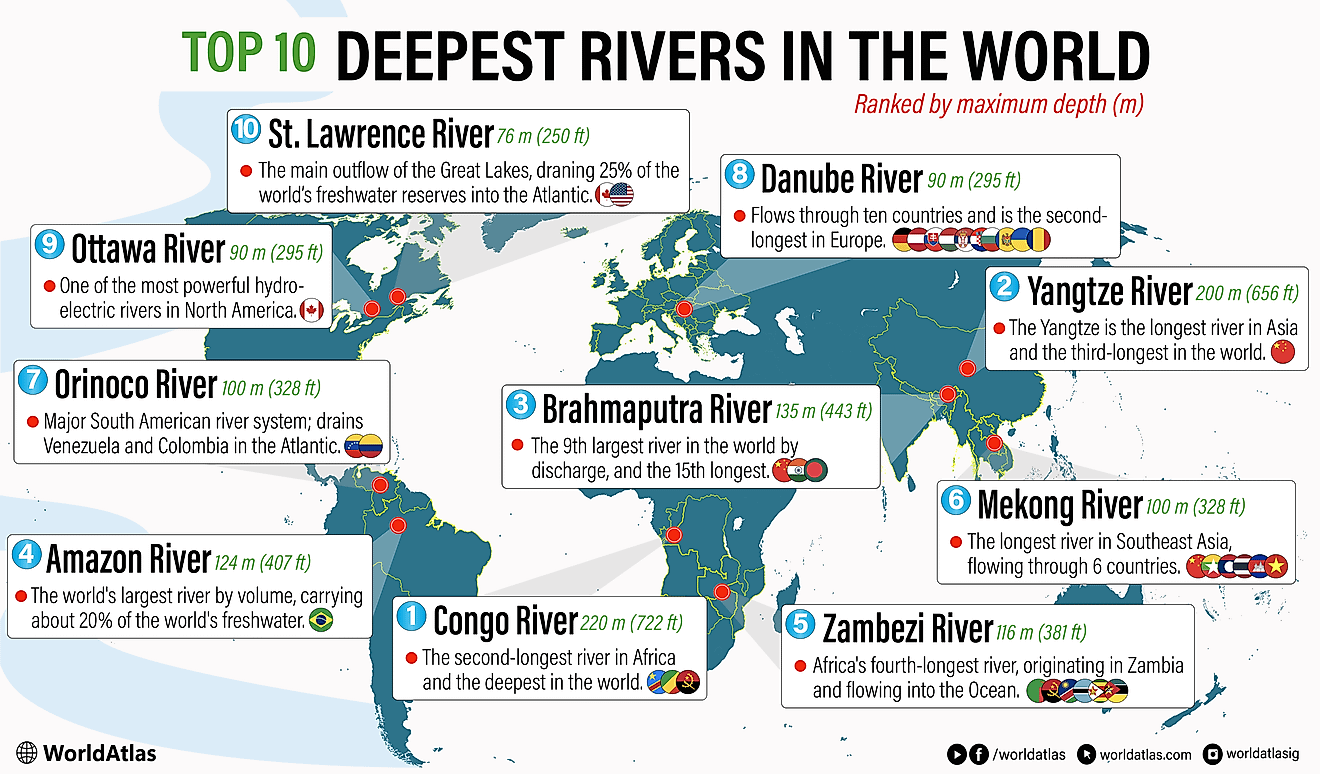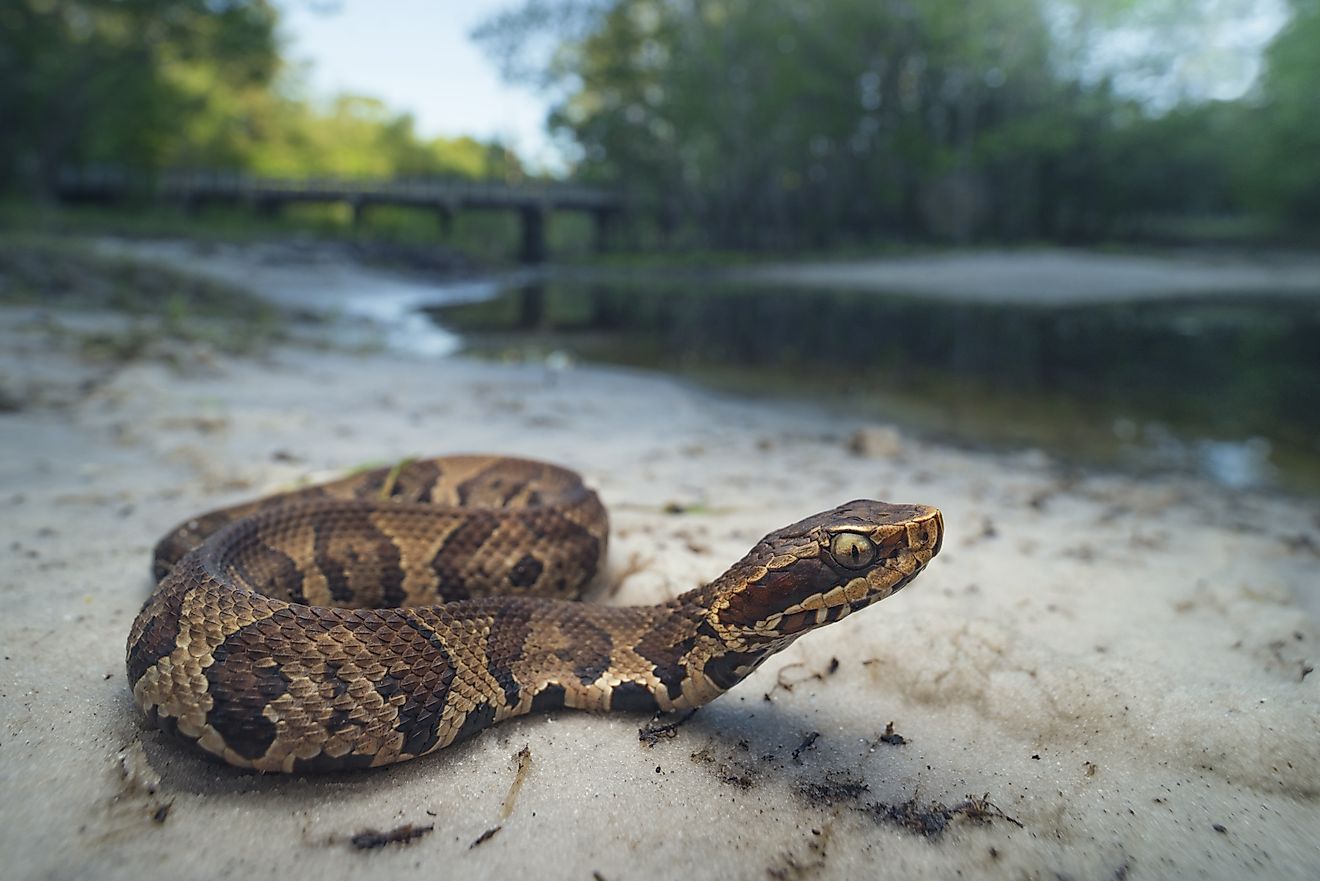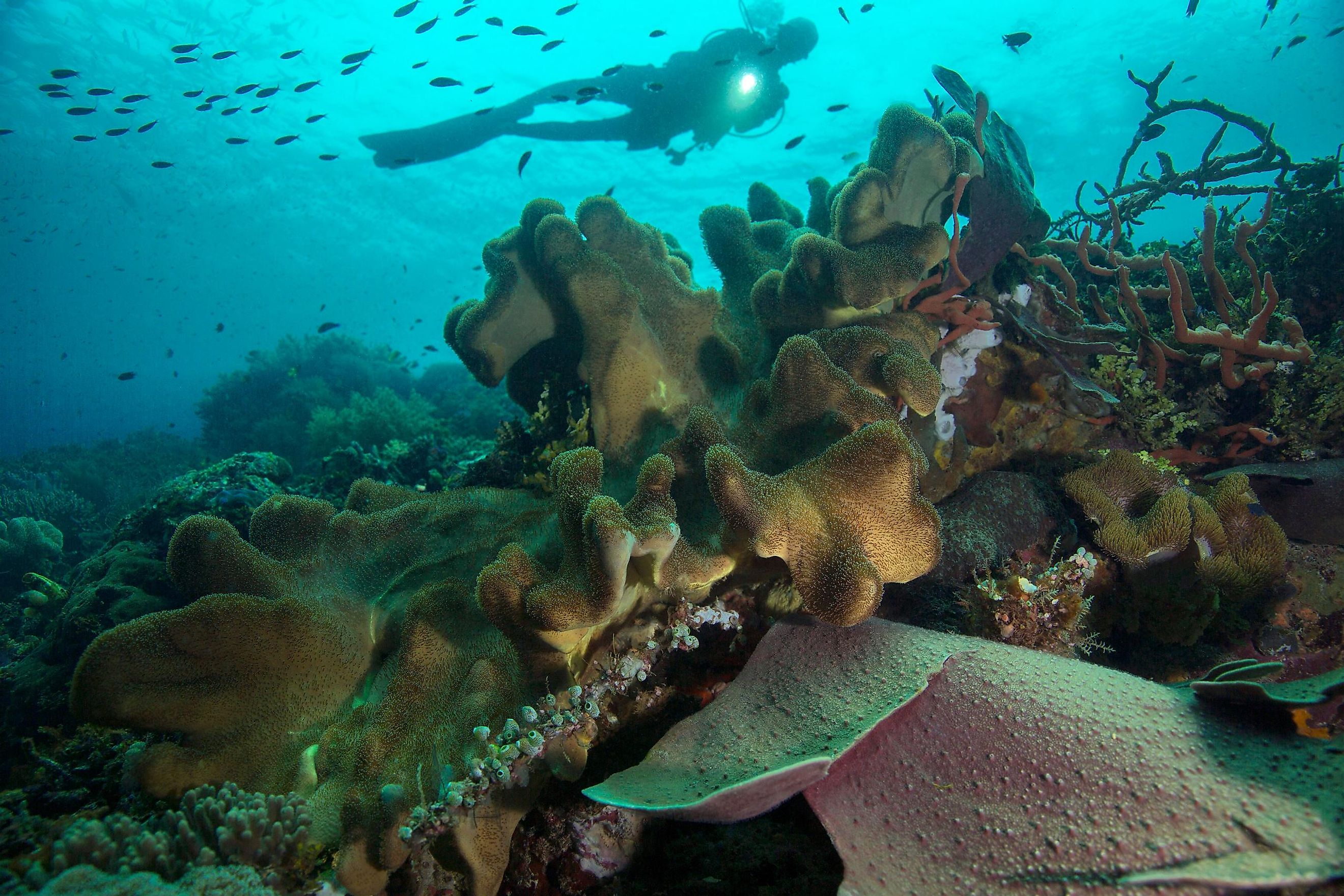
Ceram Sea
Also called the “Seram Sea,” Ceram Sea is a small sea located towards the eastern region of Indonesia, the largest archipelagic country in the world. Ceram Sea is among the many small seas that flow through and around the more than 18,000 islands that make up Indonesia. This region of South East Asia boasts an intriguing history because of the role it once played in empire-building among the countries of Western Europe.
Where Is The Ceram Sea?
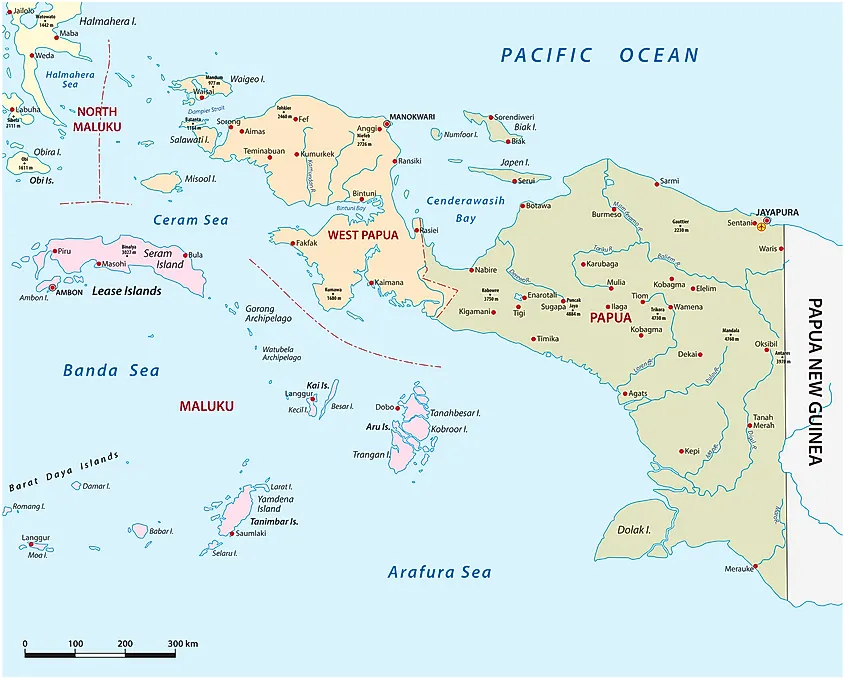
The Ceram Sea is located in Indonesia. Reputed to be the largest country in South East Asia, Indonesia lies between the Indian Ocean to the south and the Pacific Ocean as well as the South China Sea to the north. Ceram Sea is bordered by Seram Island to the west and the northwestern section of New Guinea, descriptively known as Bird’s Head — to the east. From the Ceram Sea, the Banda Sea and Arafura Sea lie to the south, while the Hamahera Sea shimmers in the north. Some sections of Ceram Sea are more than a mile deep.
The Ceram Sea is spread around a group of more than 1,000 islands known as the Maluku Islands. Historically, Maluku islands have been known in the west as the “Spice Islands.”
Origin Of The Name
The origin of the name “Ceram” is not known with unassailable certainty. And in resolving this puzzle, one must figure out whether the name “Ceram” originally refers to the sea or the island that goes by the same name. It seems probable that the name refers to the island and that it is the island that lent the sea its name. Also, the word “Ceram” has gone through several alterations. Before it was known as “Ceram,” it was called “Seram,” “Serang,” and Seran.”
Be that as it may, in the native language, the word “Ceram” means “horrifying” or “scary.” Several reasons might explain why this island was described as “scary.” One plausible reason is the headhunting tradition then prevalent on the island, especially among the Alfur tribe. As the name implies, headhunting is the practice of beheading victims because of certain socio-cultural imperatives. A place where beheading was practiced as a ritual would obviously be “scary” — even for natives.
The Climate Of The Ceram Sea
Geographically, the Ceram Sea is in South East Asia. However, oceanographically, the Ceram Sea is part of the Pacific Ocean. This area often witnesses seasonal climate variations caused by the flow of monsoons. The climate of this inter-ocean region, comprising the Ceram Sea, Banda Sea, and several other small seas, changes based on two monsoons: the Northwest Monsoon and the South East Monsoon.
Northwest Monsoon Winds typically flow from November or December to March or April. This period is often characterized by a high amount of rainfall. On the flip side, Southeast Monsoon Winds flow from approximately June to September and are often characterized by a dry climate. The South East Monsoon initiates a flow from the Pacific Ocean through the Ceramic Sea—and onto the Banda Sea and surrounding areas. Naturally, upwelling is witnessed during this time of the year.
Islands In The Ceram Sea
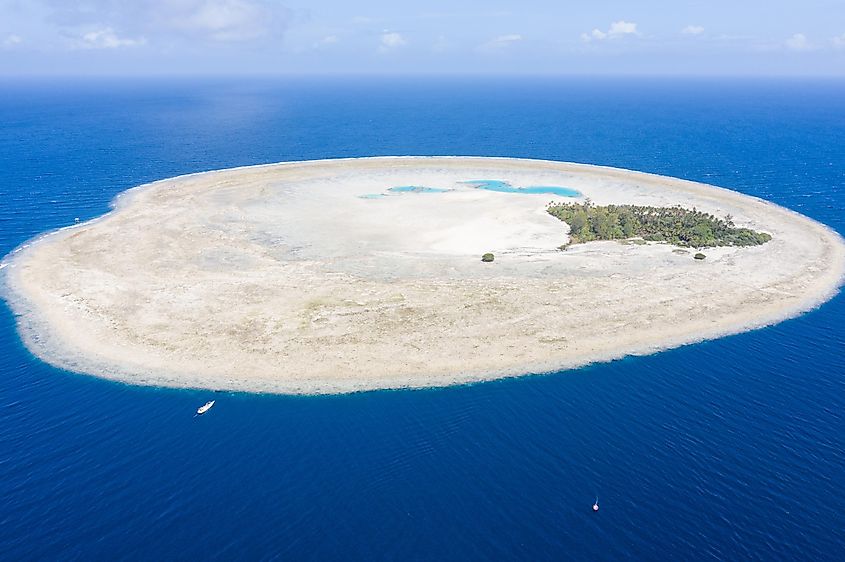
The main island in the Ceram Sea is Ceram Island. Ceram is a mountainous island with 6,621 square miles, more than three times the land area of Delaware. The landscape on Ceram Island features dense tropical forests, particularly around Mount Binaiya. Incidentally, Mount. Binaiya is not just the highest point on Ceram Island but also the highest point in the whole province of Maluku. Standing at an elevation of 9,931 feet, Mount Binaiya is certainly one of the highest peaks on the planet. The island supports a large population of birds, including several endemic species, such as the Eclectus parrot, the sacred kingfisher, and the Moluccan flying fox.
Other islands in the Ceram Sea include a collection that constitutes the Gorong Archipelago. And slightly to the north but still with the Ceram Sea, lies another famous archipelago known as Raja Ampat. Raja Ampat is made up of more than 1,000 islands as well as several cays and shoals. While many tiny islands constitute this archipelago, four main ones stick out. Known as ‘the Four Kings,” these islands include Misool, Salwati, Batanta, and Waigeo.
Ecological Significance
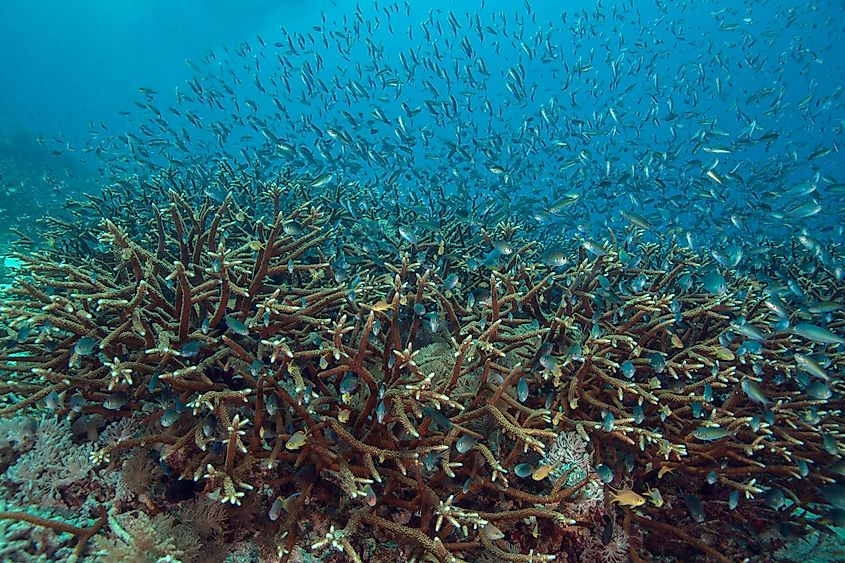
Ceram Sea is part of the world-famous Coral Triangle. The Coral Triangle is a biodiversity goldmine that supports an unimaginable range of animal and plant life. Known as the “Amazon of the Seas,” this region holds about 75% of all known corals in the world. Besides, the Coral Triangle is home to six of the seven marine turtle species on the globe. As if that is not enough, this region supports 2,000 species of marine fish.
The Coral Triangle is also known to sustain large tuna populations often exploited for commercial purposes. Yet it is not just animals. The aquatic resources in the Coral Triangle support more than 120 million people.
A Brief History
The Ceram Sea and this inter-ocean region were hugely famous in history because of its abundant supply of spices. In the whole of Asia, for instance, the Molukas were the only producers of cloves. It is because of this that this region ignited worldwide interest, especially in Western Europe, where the spice trade was a lucrative business. Of course, China was not left out. They would trade their porcelain for the much-sough-after spices. No wonder the islands around the Ceram Sea would come to be known as the “Spice Islands.”
The Takeaway
The Ceram Sea, located in the eastern part of the world’s most archipelagic country, is an ecological, historical, and geographic treasure. For instance, the Coral Sea constitutes an ecological goldmine known as the Coral Triangle. This area sustains six of the seven marine turtle species in the world. The climate around the Ceram Sea fluctuates between wet and dry depending on the season. The seasons are in turn affected by the direction and flow of monsoon winds. In the annals of history, the Ceram Sea and the surrounding islands saw the development, maturity, and demise of the once lucrative spice trade.










